What to See, Experience, and Explore at Miami Art Week 2025
We checked in with our former podcast guests who will be inching through Miami traffic, unveiling new works, signing books and revealing new projects this year.
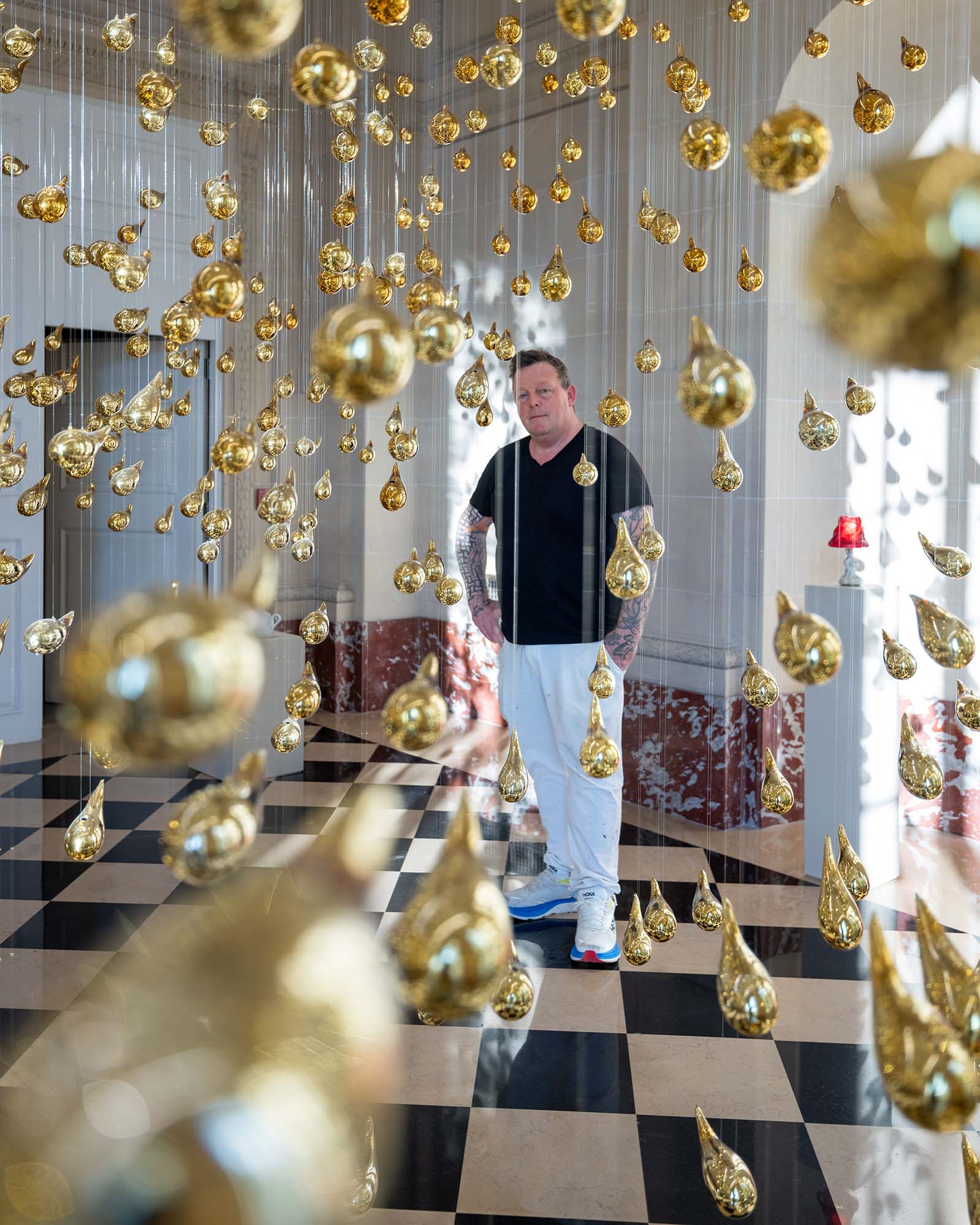
Welcome to The Curator, a newsletter companion to The Grand Tourist with Dan Rubinstein podcast. Sign up to get added to the list. Have news to share? Reach us at hello@thegrandtourist.net.
New York, “Urs Fischer: Shucks & Aww” (Until Nov. 1)
Urs Fischer’s varied practice—including sculpture, installation, photography—never ceases to surprise. But never before has the Swiss artist made something for entirely useful purposes. This show debuts his first foray into design, presenting humorous and quirky chairs, tables, lights, and other objects. It also traces the inklings of these pieces to earlier works, like the 1994 Untitled (Chair for a Table That Was Too Tall), one of his first creative approaches to function. salon94.com
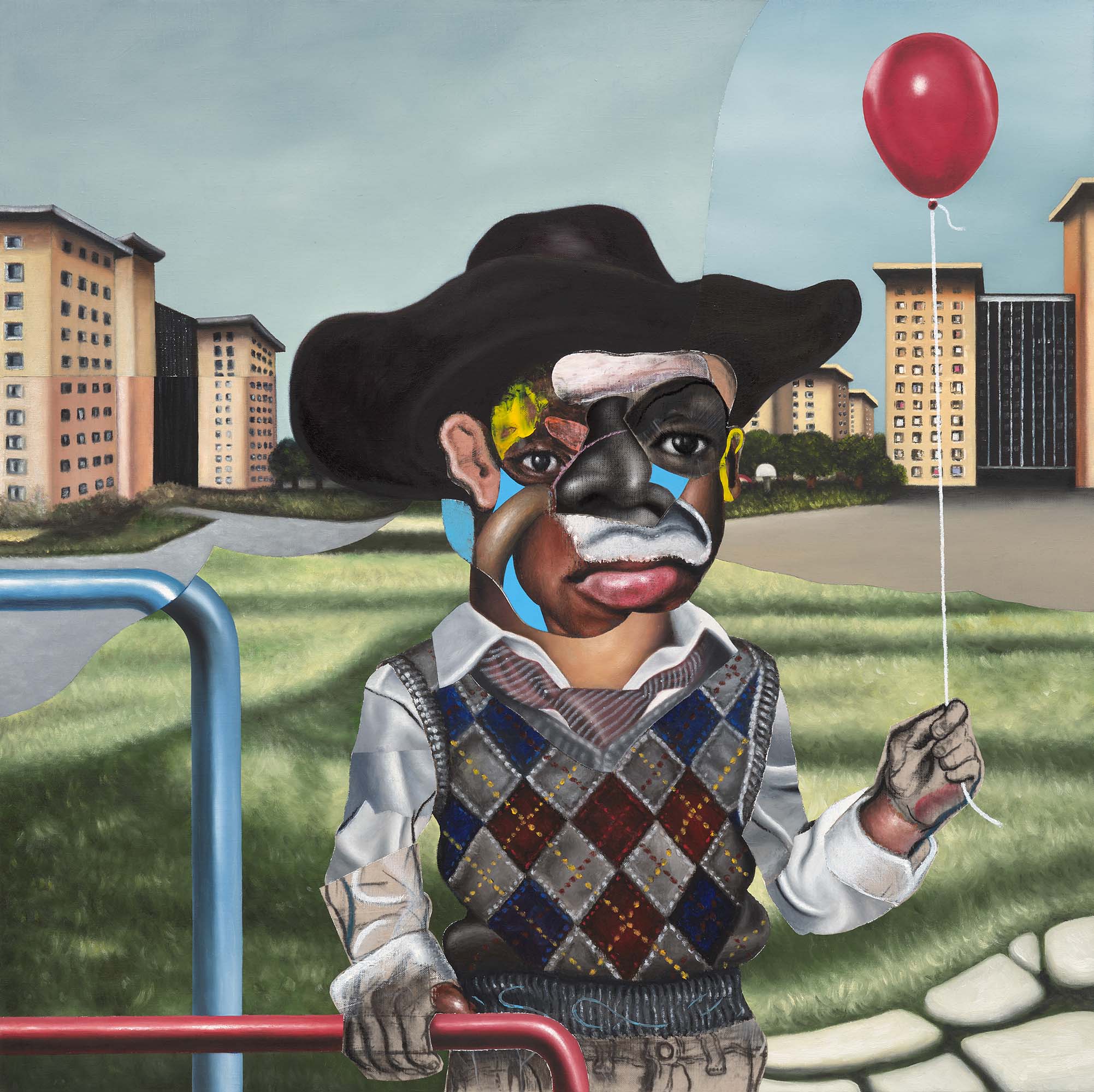
New York, “Nathaniel Mary Quinn: Echoes from Copeland” (Until Oct. 25)
In 2013, Nathaniel Mary Quinn, a Chicago native living in Brooklyn, was preparing a last-minute piece for a home art salon when he painted his first major hit. Working from memory and improvising, he produced a portrait resembling a collage that, when he was done, reminded him of his long-estranged brother. It was a hit, leading to a breakout show at Pace Gallery the next year. For Quinn, these portraits probe the idea that we’re “a cacophony of experience. Not just a seamless self.” The paintings in this show rest on themes of familial dysfunction, hope, aspiration, redemption. gagosian.com
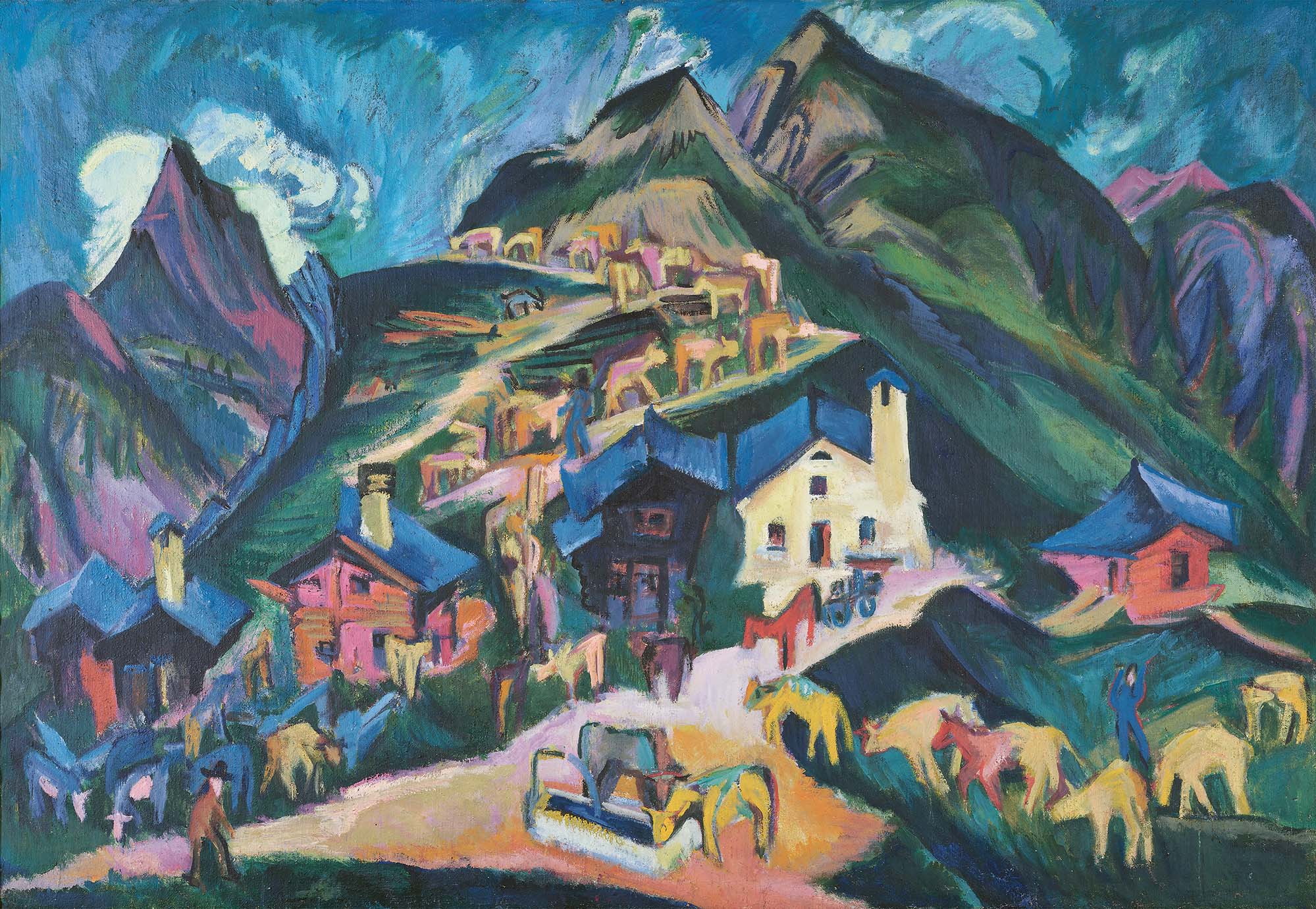
Bern, “Kirchner × Kirchner” (Until Jan. 11)
In 1933, the Kunsthalle Bern held the largest retrospective of Ernst Ludwig Kirchner’s career. The German painter deliberately curated the show himself in an effort to distance his work from the aesthetic of the Die Brücke group and instead position himself at the forefront of Modern Art. Kirchner selected the pieces, planned the installation, helped write the catalogue, and even revised some of his earlier paintings. Ninety-two years later, this retrospective revisits that show, particularly Alpsonntag. Szene am Brunnen and Sonntag der Bergbauern, the pendant works that opened the original show but haven’t been displayed together since. kunstmuseumbern.ch
Milan, “Man Ray: Forme di luce” (Until Jan. 11)
Before he was Man Ray, he was Emmanuel Radnitsky, born in 1890 to Russian-Jewish immigrants in Philadelphia. By the 1920s, he had been inspired in New York and then settled in Paris, where he outgrew conventional painting, experimenting with cameraless rayographs and solarization and becoming a central Dadaist. While a sweeping retrospective is currently on view at the Metropolitan Museum, this survey takes a more intimate approach to the notoriously private artist, who refused to even acknowledge that he ever had a name other than Man Ray. palazzorealemilano.it
Portland, “Yoshida Chizuko” (Until Jan. 4)
Yoshida Chizuko, a student of oil painting, began to dabble in printmaking after she married famed Japanese printmaker Yoshida Hodaka in 1953. But unlike her husband’s intricate prints, Chizuko’s experimental prints were bolder, sometimes distilling landscapes to pure color or merely composed of butterflies. In her first major museum survey, 100 works, most never seen before, show how this radical woman married Japanese printmaking with global art movements like op art and abstract expressionism. portlandartmuseum.org
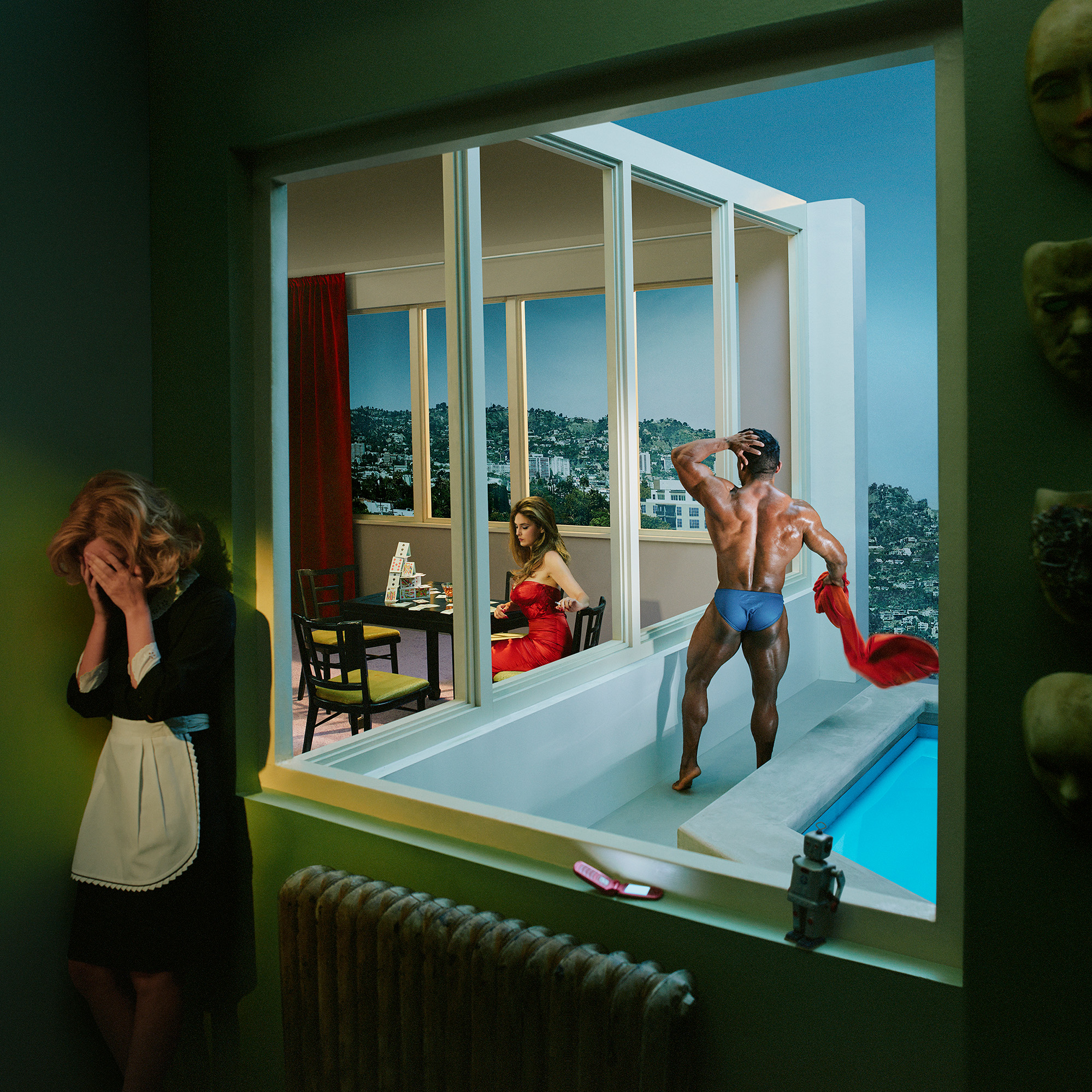
We checked in with our former podcast guests who will be inching through Miami traffic, unveiling new works, signing books and revealing new projects this year.
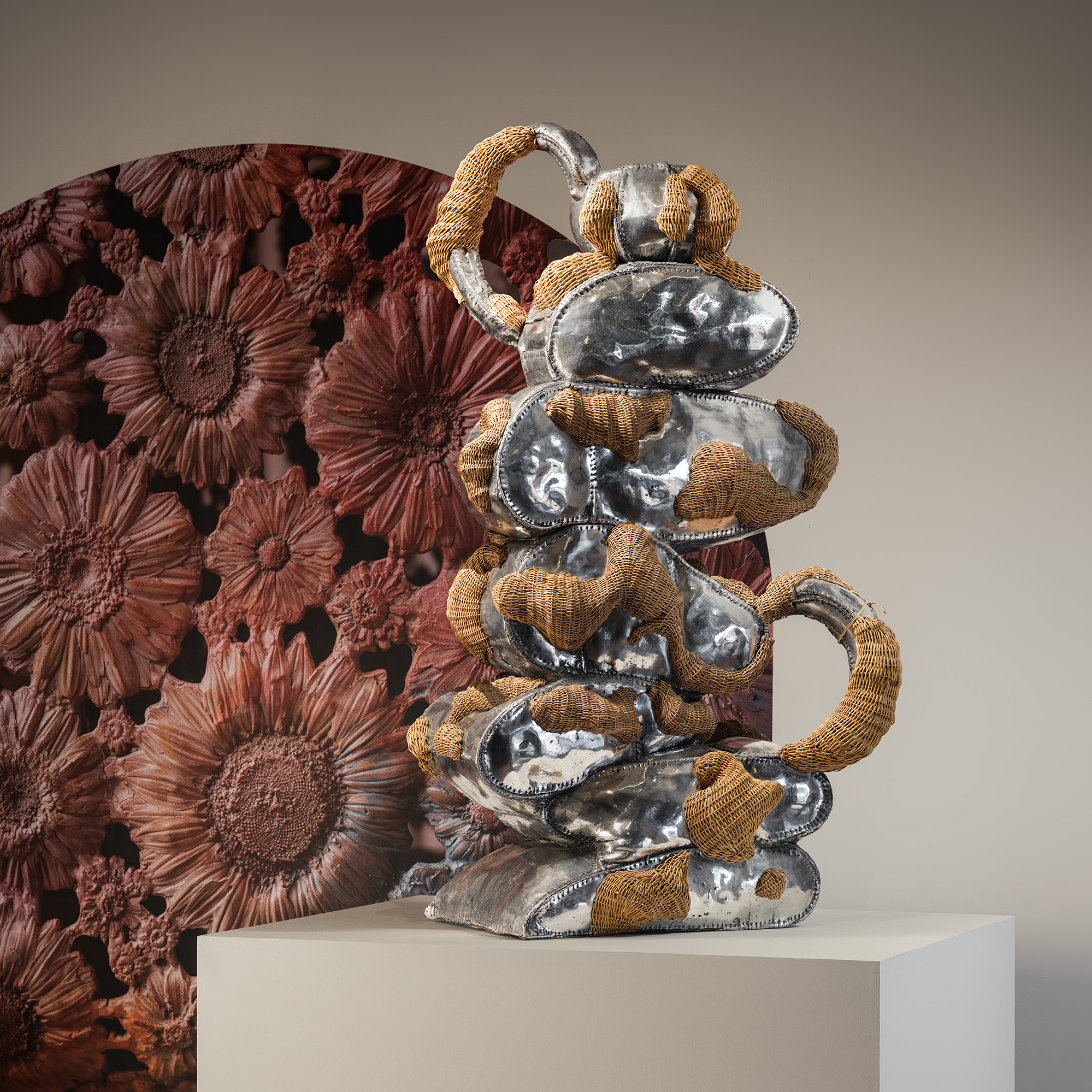
The ecstatic designs of Chris Wolston come to Texas, Juergen Teller's most honest show yet opens in Athens, a forgotten Cuban Modernist is revived in New York, and more.
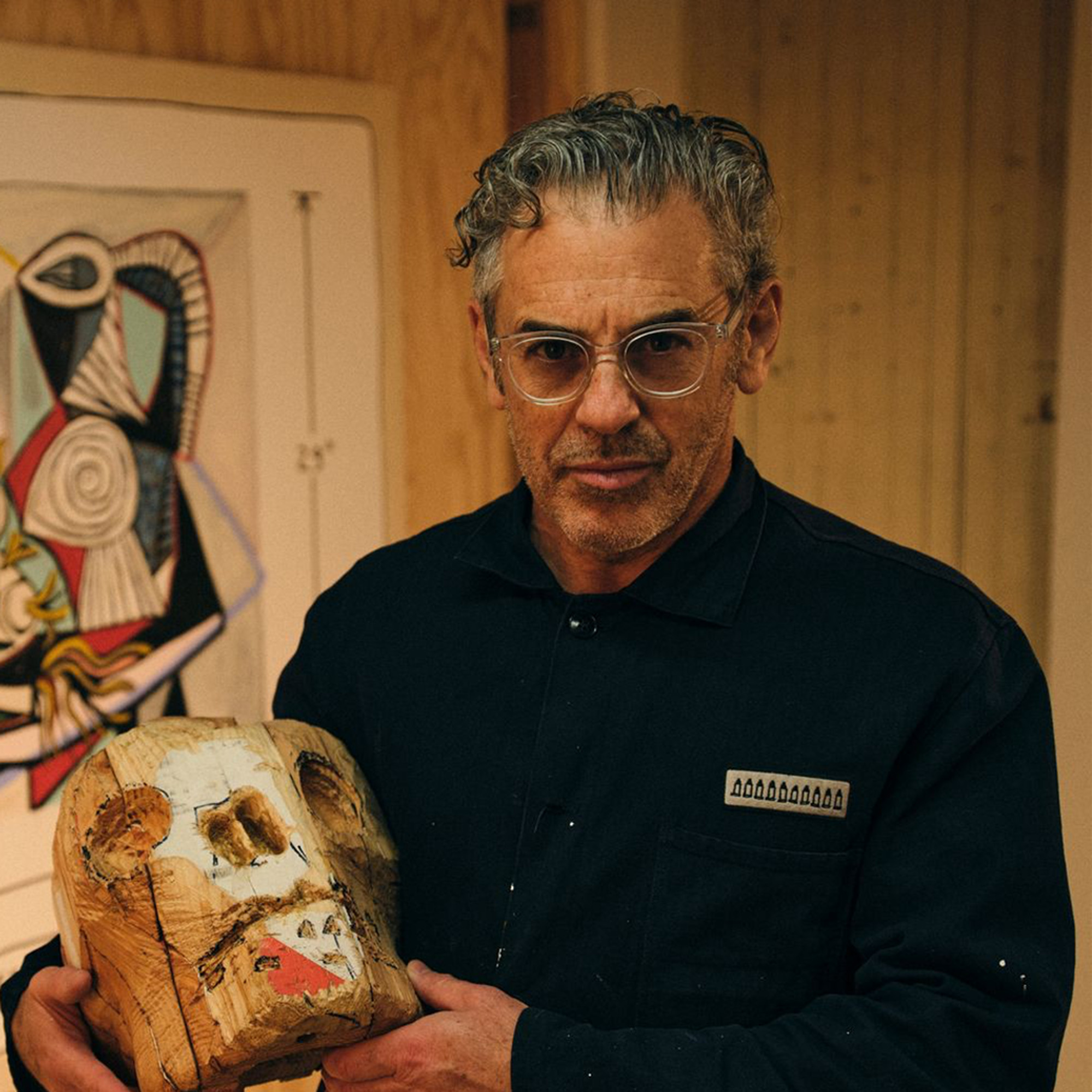
Tom Sachs explores various creative disciplines, from sculpture and filmmaking to design and painting. On this season finale, Dan speaks with Tom about his accidental journey to fine art, how an installation in a Barneys window kickstarted his career, and more.